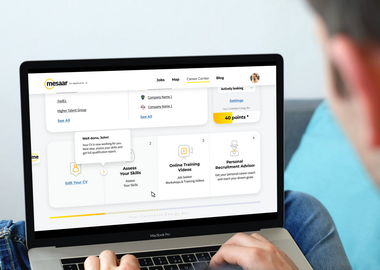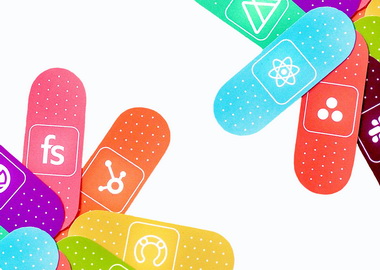How to Develop a SaaS App for Healthcare Industry
The healthcare sector has undergone a significant transformation after the pandemic.
Rising costs, staffing shortages, and data security concerns are among the greatest challenges facing healthcare industry leaders today. However, interest in new technologies is at an all-time height — including SaaS (Software as a Service) applications and platforms.
Read on to discover the six exact steps you need to follow to develop a SaaS application for healthcare industry. We will reveal how you can stay within budget from the start, how long the development process takes, and what kind of experts in medical software development you need on your team.
If you are considering launching a SaaS app for your company, this post will answer your most pressing questions.
A study shook the American public when it marked medical error as the third leading cause of death.
And while the statistics are improving each year, misdiagnosis, medical malpractice, and poorly coordinated care are still demanding thousands of lives. (Source: Forbes)
Technology can help us avoid human errors, improve accuracy, and find solutions to cure patients faster.
Successful applications of technology in the healthcare industry
Management platforms:
- Appointment booking makes it easier to visit a specialist.
- Laboratory results and data sharing accelerate innovation and research.
- Electronic recipe prescription shortens the waiting time.
- Pharmacy delivery apps provide medicine to immobile patients.
Tracking:
- Patient tracking can improve the bed turnover rate at a hospital so that more people can receive treatment.
- Contact tracking can stop the spreading of the virus and save lives during a pandemic.
- Tracking bodily functions with wearables can collect data real-time and detect issues early on.
mHealth (mobile health) and telehealth applications connect patients with their doctors and offer access to important information regarding their health.
To launch a successful SaaS application, you need to consider the needs of your future audience and plan the features accordingly.
Common features that you can add to your app
- Secure and easy sign-up and login, usually with a two-phase authentication system.
- Functional dashboards for easy navigation between services.
- Account settings for subscription management, managing personal data, and storing activity history.
- Billing and payment features for subscription renewal and billing notifications.
- Integrations with third-party services and tools, such as EHR (electronic health records), a CRM system and other tools that enhance user experience (such as an electronic signature).
- In-app support to provide fast help to users.
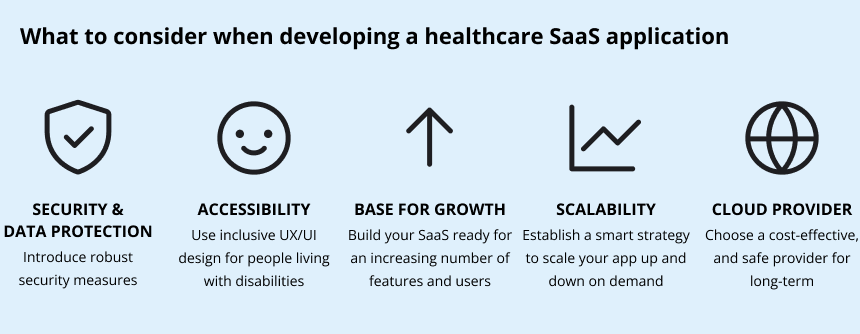
Security and data protection
Developing vertical SaaS for a specific industry, such as healthcare, involves a few changes in the whole process.
The most crucial difference between the features of healthcare SaaS platform versus an app in a less regulated industry is the emphasis on security and compliance.
Most companies store personal data (such as name and birthdate) in their SaaS applications. However, healthcare and pharma apps handle much more sensitive data.
Because of this, it’s crucial to introduce robust security and data protection practices. When planning how to build a healthcare SaaS platform, focus on building a reliable infrastructure from the start to avoid losing millions of dollars due to poor security.
Here are a few examples of such security measures, but these can differ for every application:
- Multi-factor authentication
- Data encryption
- Error isolation and tracing
- Regular security audits and tests
- Reliable infrastructure and monitoring tools
Accessibility
Accessible UX/UI design is a common practice in every software development project. However, it’s especially important when the software is created for an elderly audience or people living with disabilities.
- Improve readability by using adjustable font size, clear typography, and line spacing to help users with visual impairments.
- Improve color contrast between text and background elements to aid users with color blindness or low vision.
- Implement clear navigation paths and include keyboard navigation options for users who rely on assistive technologies like screen readers.
- Design flexible content layouts that adapt to different screen sizes and device orientations for users with motor impairments or those who use alternative input devices.
- Provide image descriptions and alt text to assist users with visual impairments who use screen readers.
These are just a few SaaS design solutions that can create a more inclusive and user-friendly experience.
A solid base for growth
SaaS applications are constantly evolving and growing to stay competitive. The idea is to launch with the core functions and then gradually increase the number of features as the user base grows. This way, you can keep the costs manageable without wasting any resources.
That’s why you should build your SaaS ready for evolution from the start. One good solution is to choose a microservices infrastructure.
SaaS microservices architecture helps with scaling up and down on demand. It is a flexible modular system. Each business function has its own small module, such as a Patient Account and Appointment Calendar. Because of this, replacing an old appointment management system or removing a nonpopular module is easier and faster than in a monolithic infrastructure.
Scalability
Scalability is an important aspect of every SaaS-based product development. Your app has to be able to handle a growing number of requests, users, and data without slowing down. Otherwise, you can lose customers who don’t want to wait around for your site to load.
SaaS usually has high scalability requirements since it is expected to grow over time and serve more and more users. And investing in a proper infrastructure can be really costly. That’s why you have to establish a smart scalability strategy from the beginning of the project.
A modular architecture can be a good solution for scalability as well. Then you can scale each module individually as needed. You should also inspect the third-party tools you plan to integrate with your system to ensure that they are optimized for an increasing number of requests.
Choosing the right cloud provider
The new SaaS applications are usually cloud-based, which provides great mobility and accessibility. Users can access the platforms and services from anywhere, and thanks to the subscription-based model, new clients can join or leave easily.
However, relying on a cloud provider also involves some risks. Data security can be a big concern, especially because of the widespread accessibility. Cloud is a cost-effective solution, but you have to choose the best provider for your SaaS application. One that you can depend on long-term.
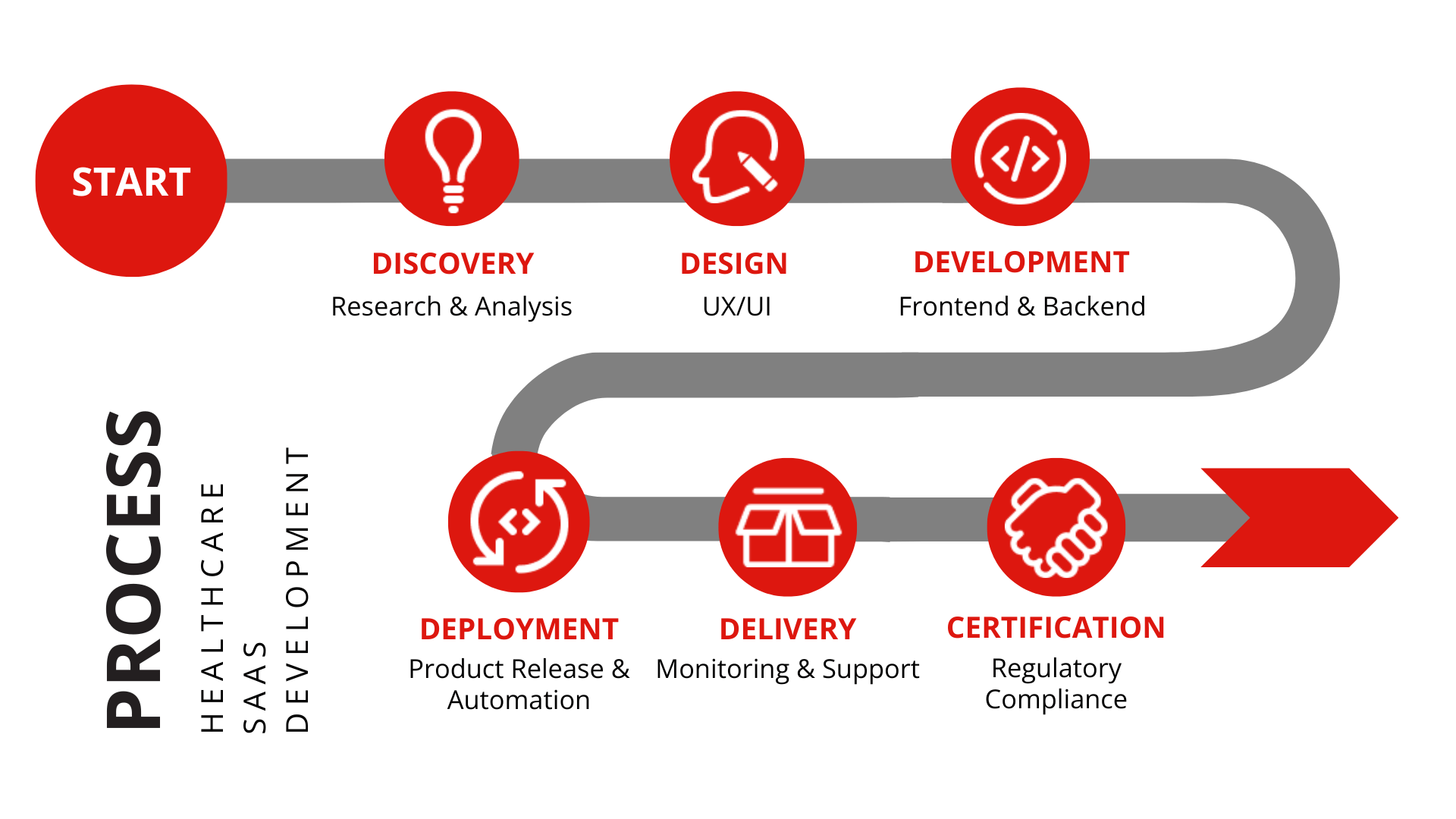
Following standard practices, the process to develop healthcare SaaS platform contains 5+1 phases.
- Discovery (research and analysis)
- Design (UX/UI)
- Development (frontend and backend)
- Deployment (product release and automation)
- Delivery (monitoring and support)
- Certification (regulatory compliance)
Let’s dive into the details of each of these steps.
1. Discovery
Data shows that a lot of software development projects exceed their budget, miss the deadline, or fail completely. The truth is that most of these outcomes can be avoided with thorough research and business analysis.
That’s why the Discovery phase is crucial. It allows product managers to set realistic expectations and estimate accurate costs and timelines.
Here are a few aspects you need to examine before developing software for your company.
User research
Collect data on your potential users, including their objectives, challenges, and pain points.
Competitor analysis
Examine your competitor landscape in the healthcare space to discover new opportunities and note the best and worst practices.
Market research
Analyze the tools and third-party solutions used in the healthcare and pharma niche. Thoroughly examine the regulations, necessary documents, and certifications. More on these industry requirements at phase 6!
Technology and infrastructure analysis
Assess the functional (features) and non-functional (performance, scalability, etc.) requirements. Later, you need to make an informed decision regarding the technology stack, infrastructure solutions, cloud platform, and architectural approach.
Feature prioritization and product roadmap
Define the optimal project scope to develop a SaaS application for healthcare industry. Draft a comprehensive product roadmap outlining possible future updates, improvements, and new features.
2. Design
Creating an accessible user interface is one of the top priorities when it comes to the building of healthcare SaaS application. Especially if the app’s main audience is living with a disability or the elderly (for example, an app to detect dementia), it’s crucial for the design to be easily accessible to everyone.
The design process includes 3 main steps.
Creating user personas and mapping out their journeys
A persona describes the demographics, goals, skills, behavior patterns, characteristics, and motivations of a group of future users. Each persona will interact differently with the application. So it is necessary to determine how they will ‘move around’ the interface. The goal is to reflect their needs and these scenarios in the design solutions.
Building wireframes and the first prototypes
This step includes developing the information architecture (IA), drawing sketches, and visualizing the future system. Especially when it comes to complex health applications, planning the interactions and dependencies between the pages and screens is key.
Finalizing and testing the visual design
The main goal is to follow the brand guidelines and align the style, fonts, and colors with the brand identity. Once every page, screen, and element design is approved, the developers take over to implement it.
3. Development
Opt for agile development
This method is an industry standard that provides flexibility, quick feedback, transparency, and a way to avoid delays and costly changes. It refers to breaking down the whole development process into a series of 2-4 weeks cycles (sprints). Every cycle includes development, testing, fixing issues, and feedback. It also shortens the time to market because you gradually build up features and add new modules.

Frontend development
The client-side of engineering, where the goal is to bring the design to life and make it work. To create a responsive, fast interface, modern programming languages, and frameworks, such as React, Angular, and Vue.js, are recommended.
Backend development
This phase includes all the server-side engineering. Backend engineers take care of infrastructure and data management, APIs, integrations with third-party services and tools, or other software you already use. In the case of SaaS applications for healthcare industry, usually, multiple integrations are necessary.
Backend developers are also responsible for ensuring strong data security, including user data safety. Establishing secure authentication methods and encryption technology are just two examples.
Continuous testing
It’s essential to introduce a QA at the beginning of the process. Identifying and solving issues early on means saving time and money for the entire process.
4. Deployment
Releasing the product is not the last step. SaaS applications require constant improvements and monitoring. To make the deployment phase frictionless, DevOps specialists automate tests and CI/CD processes of releasing updates. They also monitor and optimize large-scale infrastructure to reduce costs and ensure scalability.
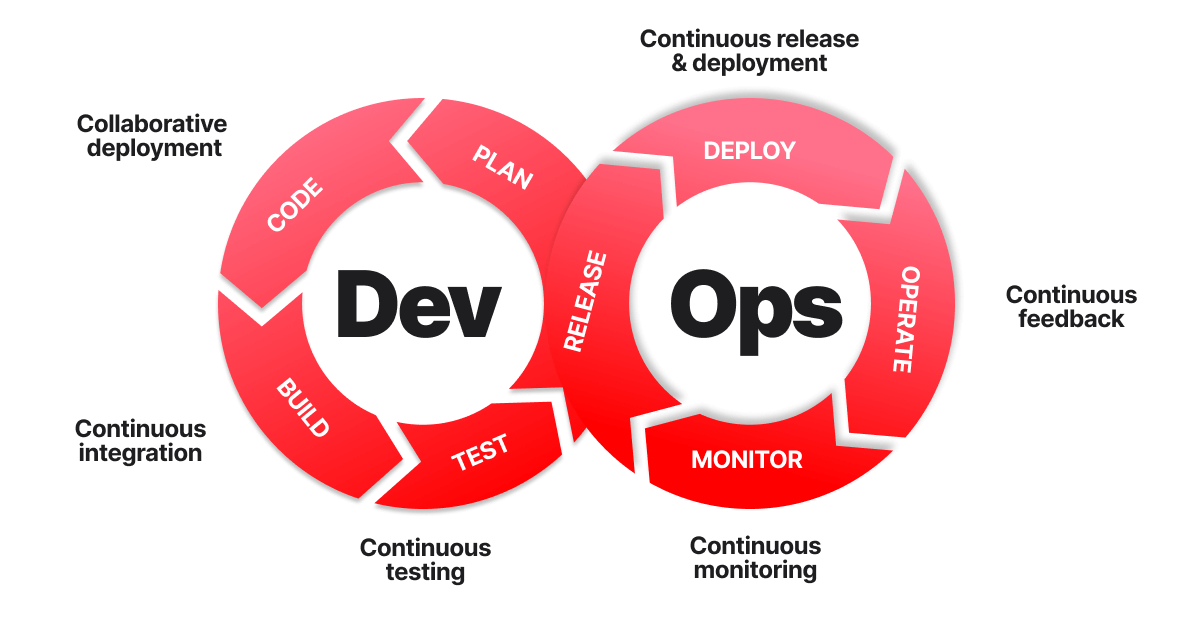
5. Delivery
Let’s discuss how to deliver a healthcare SaaS application next. After the successful release of the app, continuous monitoring and support is necessary. Based on the market feedback and analytics, you might need to scale up the system and optimize the infrastructure. In the future, you will add new features and accommodate new customers to stay competitive and profitable.
6. Regulatory compliance & certification
Data security and legal compliance are top priorities when it comes to SaaS applications in the healthcare industry. We recommend that you do thorough research on all of the necessary regulations, legal and data protection requirements in the Discovery phase. When you are already in the design and planning phase, you must be aware of the regulations in your geographical area.
You need to follow different sets of sensitive personal data protection regulations depending on where you operate. Here are a few examples: PIPEDA (CA), GDPR (EU), and The Privacy Act (Australia).
In addition to these general regulations, healthcare and pharmaceutical SaaS applications (such as patient portals, telehealth apps, or EHRs) must also comply with local industry regulations and laws. In the USA, such regulations are the HIPAA and the HITECH Act.
Depending on the jurisdiction and the services your app provides, you might need to obtain certifications from regulatory bodies. While this process can be tedious, it provides a layer of trust and credibility to your application that can help you gain new clients and operate successfully in the long run.
Not sure where to start?
Let our expert team guide you through every step, from the Discovery to the Certification.
VIEW SAAS SERVICES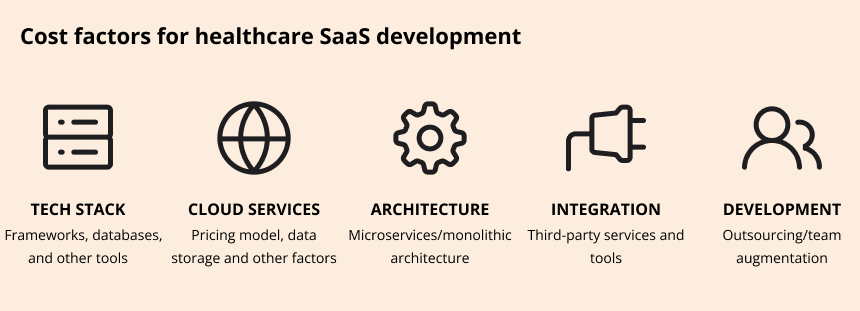
SaaS development projects always require a significant investment, as they involve a complex system that can take years to build.
The costs of healthcare SaaS platform development may vary based on the app features, the timeline, the market, the size of the dedicated team, and many other factors. Based on our experiences, the cost of a SaaS MVP (the early version of the application with core features) usually falls between $50k and $150k.
To estimate the necessary budget for your project, you need to consider the following aspects.
- Tech stack. The project’s technology components and infrastructure (programming languages, frameworks, libraries, databases, and other tools) directly impact the composition of your team and salary ranges.
- Cloud services. The price of hosting depends on the provider and the pricing model they use.
- Architecture. We recommend the modern microservices architecture to future-proof your system. The traditional monolithic architecture might cost less, but with time you’d probably need to migrate to stay competitive and gain flexibility and resilience. In the long term, it is worth investing in a microservices architecture.
- Integration strategy. Integrations are at the forefront of creating of healthcare SaaS application. Third-party services, such as payment tools, are standard, and using these ready-made platforms can reduce the costs of development. However, big data healthcare applications usually need more than that. Integration with data science tools and the systems of other pharmaceutical companies, diagnostic companies, or labs might be necessary. Establishing such pipelines or APIs can affect the budget.
- Development strategy. When you decide to develop a healthcare SaaS platform, you have a few options. Hiring an in-house team is probably the biggest investment, although it does have some unique benefits. If you already have a tech team, adding a few specialists via team augmentation is probably the most cost-effective solution. Finally, outsourcing the full development to a dedicated team nearshore or offshore is the best option budget-wise if you don’t have an in-house team. It can save you up to 30% on development costs without losing quality, which would significantly affect the overall cost of your SaaS project.
To minimize technical debt, first and foremost, you need to conduct proper planning and business analysis in the Discovery phase. You need to evaluate every factor and make data-based decisions to align your goals with market needs.
It’s best to hire experts to help you lay the foundations for your project and ensure that you don’t encounter any alarming surprises along the way.
Last but not least, you need to choose a sustainable monetization strategy. Most SaaS applications offer yearly or monthly subscriptions to their users. A thorough market research can reveal the best ways to go about turning your newest asset into a profitable income source.
Let us share with you two examples of SaaS application for healthcare industry from our versatile portfolio. These products are targeting a B2B audience, but we also have B2C software development projects under our belt.
The development of a big data SaaS application in precision medicine
A prime example of healthcare SaaS application is the DXRX built by Diaceutics, a diagnostic data analytics company. This cloud-based solution provides pharma, labs, and diagnostic companies secure access to diagnostic testing data from thousands of labs. It aims to connect these stakeholders and create a collaborative environment for them.
We joined the client’s team and contributed to developing the SaaS app. The Digiteum team consisted of 13 engineers, including a dedicated project manager and a data engineer.
This system has a versatile interface and diverse functionality, offering more than 50 services for users.
The project timeline: less than a year. And we are proud to say that it was delivered on time and within budget. Ever since then, our successful cooperation with Diaceutics has continued. Read the full health SaaS application development case study…

UX/UI design for an EHR (electronic health record) management platform
Patients tend to create new profiles with new data in the different healthcare institutes they visit. The NextGate system can integrate with these in-house EHRs and collect the most recent and relevant information about the patient.
Our analytics, design, and development teams provided UX design services for the project. We created a flexible and functional user interface that included custom search, patient data display, and data manipulation features.
The project was successful: the NextGate platform provides seamless integration and an effortless experience for its users. Find out more about this platform design project…

Speed up time to market by leveraging our decades-long experience!
We have a rich portfolio of successful software product development in healthcare, pharma, and medicine spaces. So you can be confident of our knowledge in this specific industry. Here are a few examples of these custom software development projects:
- iOS and Android mobile apps used for Alzheimer’s and dementia patient support. Read the full success story here…
- Android software for IoT and medical devices (MVR Pro medical video recorder). Read the full success story here…
- MSD chemotherapy tracking platform for patient engagement. Read the full success story here…
We offer three cooperation models you can choose from
- End-to-end SaaS application development. Build a healthcare SaaS platform from scratch with a dedicated team of senior engineers, business analysts, project managers, UX/UI designers, and DevOps specialists.
- Team augmentation. Add talent from our extensive network to your tech team and spare time and money on costly recruitment processes.
- Consulting and strategy. You can outsource your questions at any stage of your development progress. We will analyze your situation from a technical and business perspective and suggest custom solutions.
Our business-first approach and extensive healthcare knowledge ensure meticulous attention to regulations.
Expect open, proactive communication, exceptional technical expertise, and an agile process.
Contact us now to start the conversation!
Build a SaaS app for success
Use our extensive healthcare industry and software development knowledge to ignite your business.
HIRE AN EXPERT TEAMQuick wrap-up
To sum it up, developing a SaaS application for the healthcare sector requires careful consideration, profound research, and an expert partner.
Digiteum is here to help you through all the stages of the process, from Discovery to Regulatory Compliance and Certification. We take on projects onshore, nearshore, and offshore — no matter the distance.
Reach out to us, and let’s build a long-term connection!




